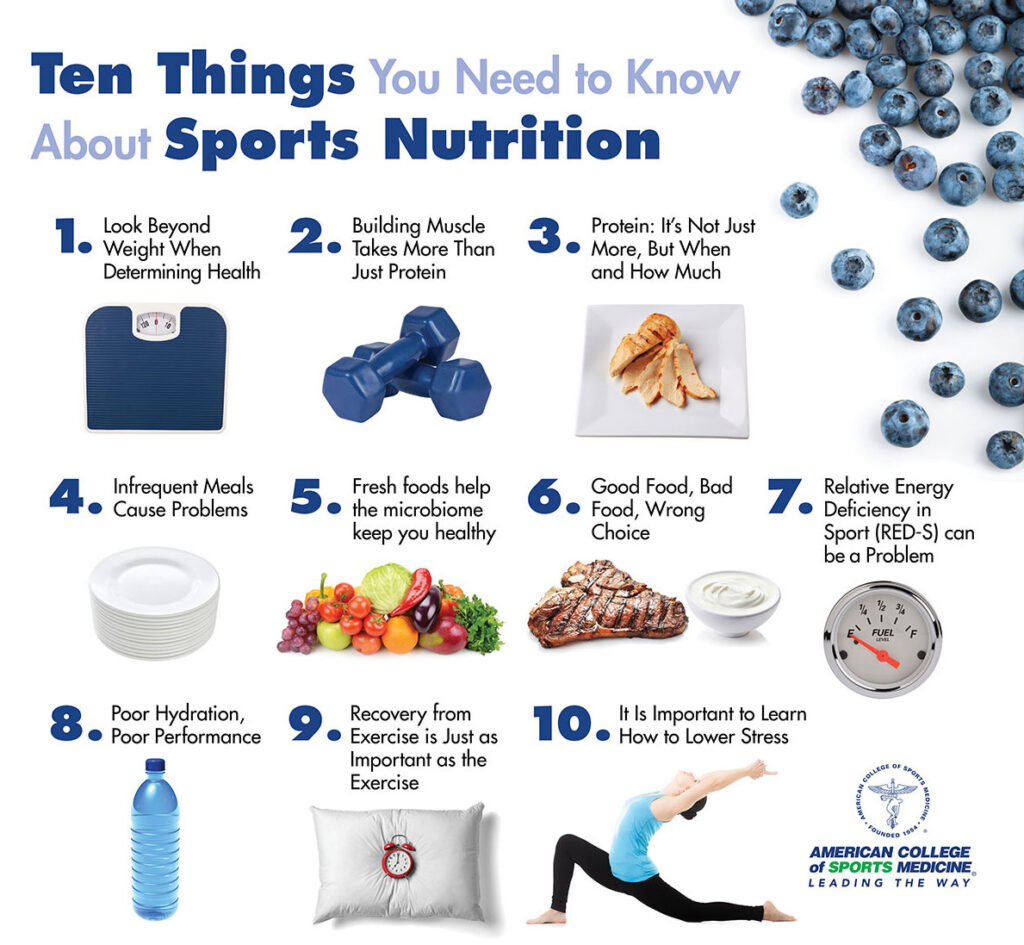
Eating for your training level
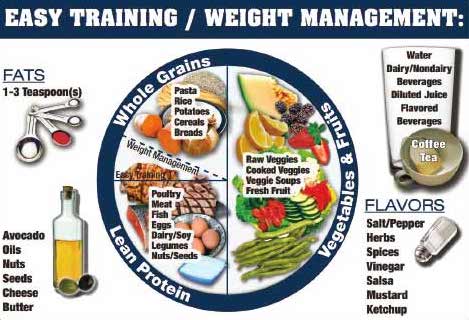
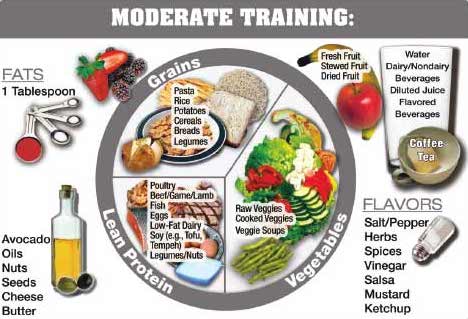
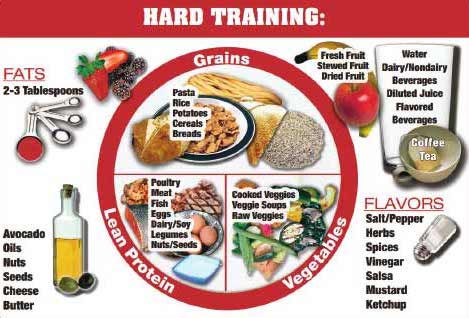
Nutrition Tips for Parents
Nutrition Tips for Athletes
Understanding Nutrition Facts Panel
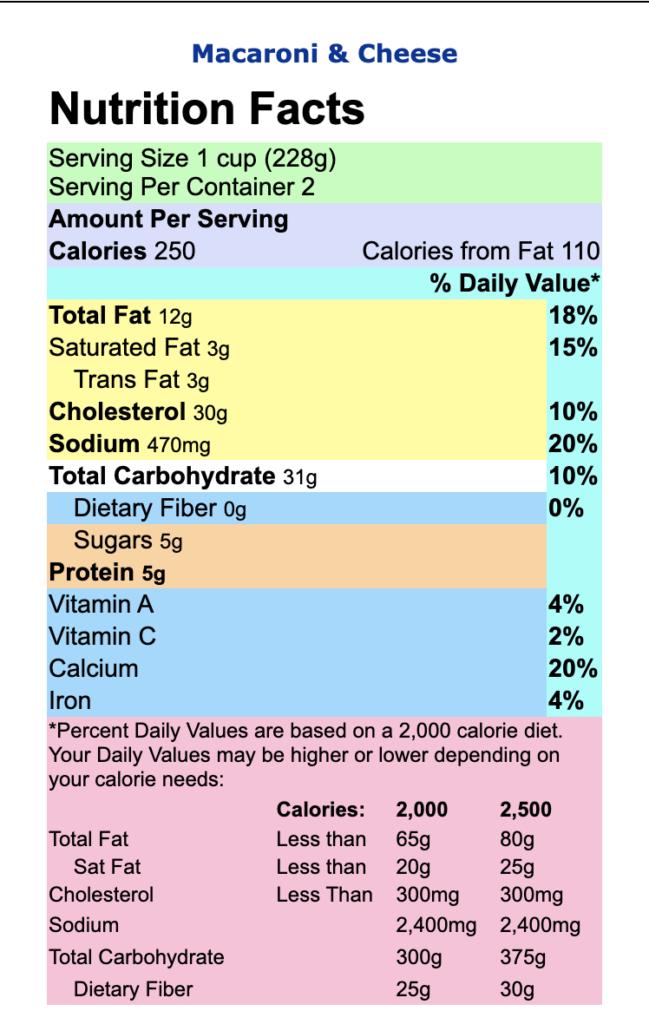
MyPlate
Take the MyPlate Quiz to see how you are doing: https://www.myplate.gov/form/myplate-quiz#question_1
Track how you are doing with the MyPlate App: https://www.myplate.gov/resources/tools/startsimple-myplate-app
What happens when you
The concept of ‘energy availability’ is useful for understanding the implications to an athlete of an inadequate dietary energy intake. In simple terms, energy availability (EA) = energy intake – exercise energy expenditure. That is, EA = calories remaining for biological processes once the energy cost of the sporting activity has been subtracted. 1 Bodies are less likely to achieve peak performance and may even break down muscles rather than build them because they are being used for biological processes instead of performance growth. Athletes who don’t take in enough calories every day won’t be as fast and as strong as they could be and might not maintain their weight. 2
Read more about Energy Availability.
Hydration
Preventing Dehydration
The best way to prevent dehydration is to maintain body fluid levels by consuming plenty of fluids before, during, and after a workout or competition. Often, athletes do not realize that they are losing body fluids or that they are impacting their performance through dehydration. Athletes who are not sure how much fluid to drink can monitor hydration using two helpful techniques:
- Weighing themselves before and after practice. For every kilogram (pound) lost during the workout, drink ~1.5 liters (~three cups) of fluid in order to rehydrate the body.
- Checking urine color. Urine that is dark gold in color indicates dehydration. Urine similar in color to pale lemonade is a sign of a hydrated athlete.
Many times athletes wait to drink until they are thirsty. Thirst is not an accurate indicator of how much fluid an athlete has lost. Athletes who wait to replenish body fluids until feeling thirsty are already dehydrated. As a matter of fact, most individuals do not become thirsty until more than 2 percent of body weight is lost. Waiting until you are thirsty can affect your performance. When athletes only drink enough to quench their thirst, they may still be dehydrated. 3
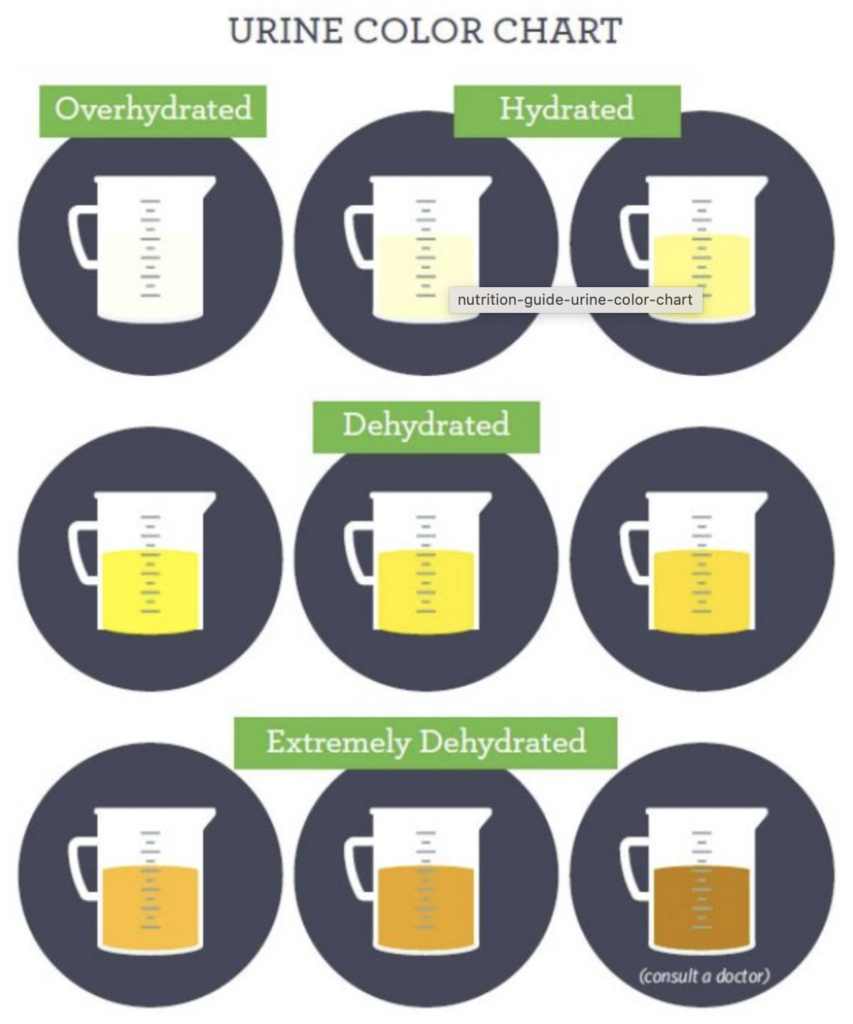
1Cox, G. R., Densbrow, B., & Slater, G. (2020). Sports nutrition for the recreational athlete. Australian Journal of General Practice. Retrieved April 14, 2023, from https://www1.racgp.org.au/ajgp/2020/january-february/sports-nutrition-for-the-recreational-athlete
2Gavin, M. L. (Ed.). (2021, January). A guide to eating for sports (for teens) – nemours kidshealth. KidsHealth. Retrieved April 14, 2023, from https://kidshealth.org/en/teens/eatnrun.html#:~:text=Their%20bodies%20are%20less%20likely,might%20not%20maintain%20their%20weight.
3Perishable. (2022, July 7). Fluids and hydration. U.S. Anti-Doping Agency (USADA). Retrieved April 14, 2023, from https://www.usada.org/athletes/substances/nutrition/fluids-and-hydration/?gclid=CjwKCAjw8-OhBhB5EiwADyoY1S2MiHl6s-6bdDcWiQatGFcFgDxBiyujh7W8cowvtJgy9KznOOrttxoCLmQQAvD_BwE